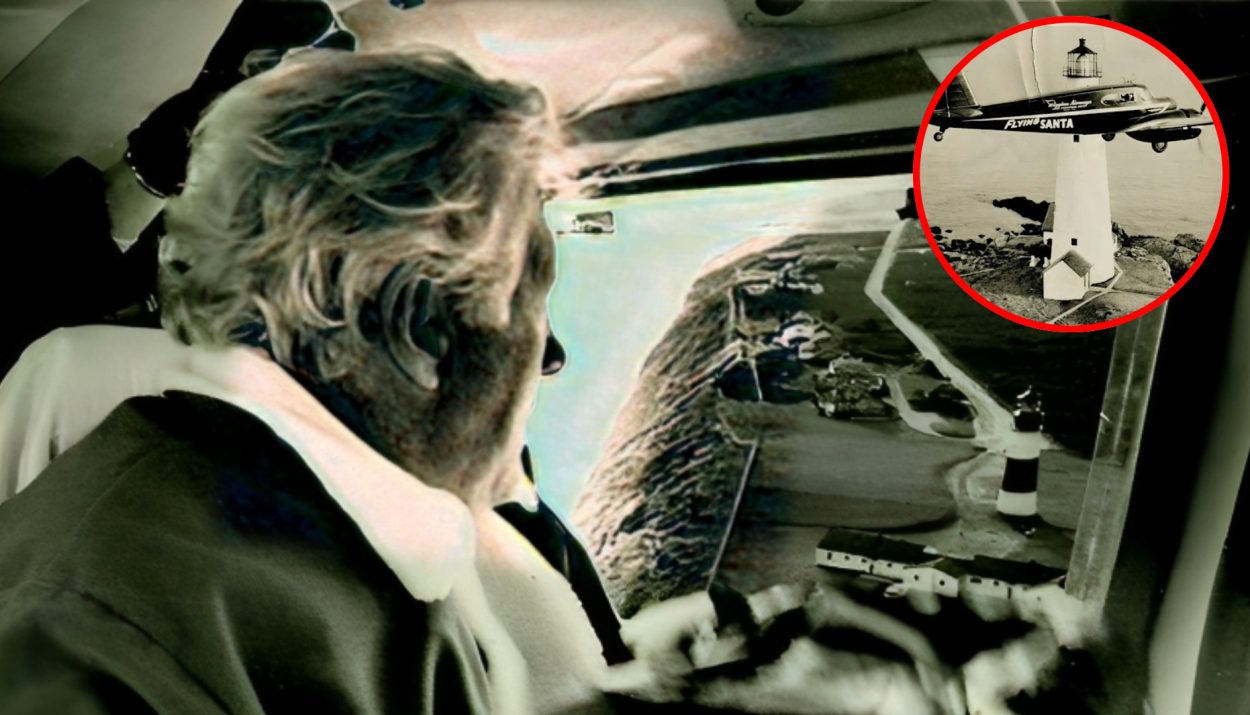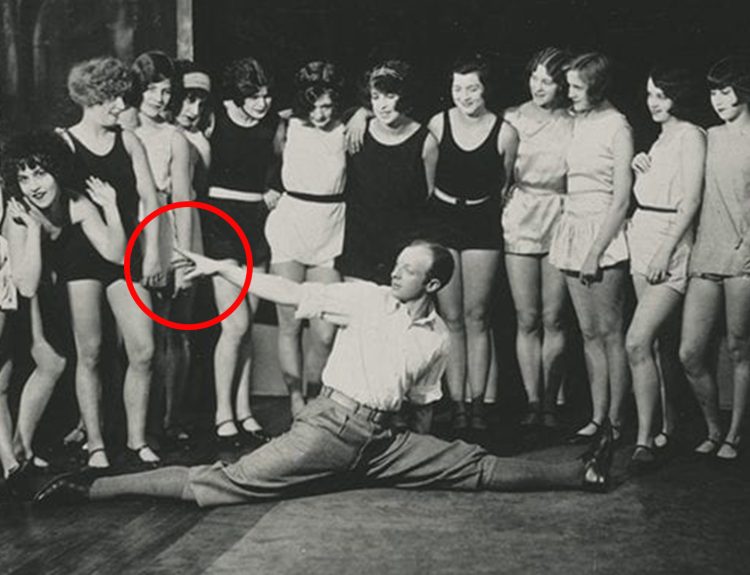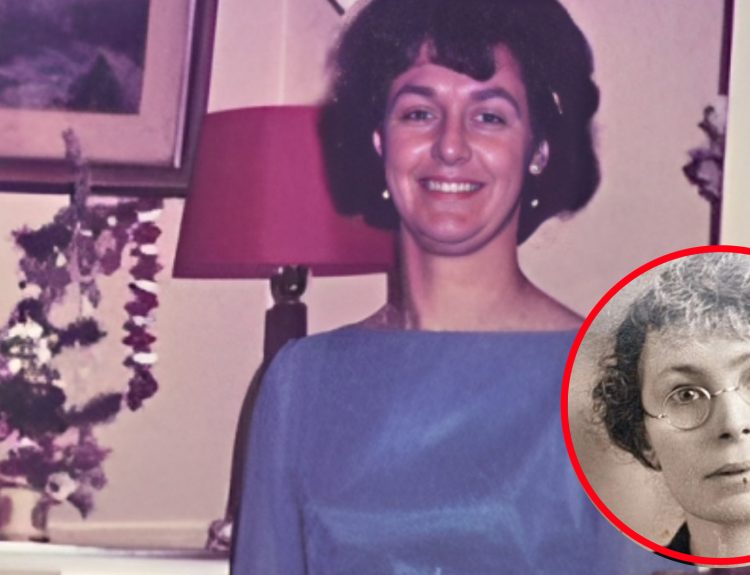A holiday as old as Christmas has dozens of stories that warm your heart and make you see the greater kindness of mankind. Some of the stories are widely publicized, like internet giving campaigns or the Santa Hotline that can be reached every winter season, ran by volunteers. Some stories are quieter, though, and start in unlikely places.
An Unusual Beginning
This particular Christmas tale starts with lighthouses. The modern era of lighthouses began at the advent of the 18th century, where the increase in transatlantic commerce necessitated their construction. Lighthouses are large buildings that are meant to serve as a beacon for navigational aid for maritime pilots.

Lighthouses hold an important place both in sea navigation and history. Lighthouses were originally mere fires that were placed high up in elevation, so that they could be seen from miles around by ocean travelers. They were originally used as entrance markers to ports rather than warning signs for reefs or other structures, but as technology adapted, so did their purpose.
The Job of Lighthouse Keeper
Historically, lighthouses were maintained by someone who was referred to as the lighthouse keeper. Prior to the advent of electric lighting, the duties of the lighthouse keeper involved replenishing fuel, winding clockworks, and cleaning the interiors of the windows and lenses to ensure the best visibility of the light.
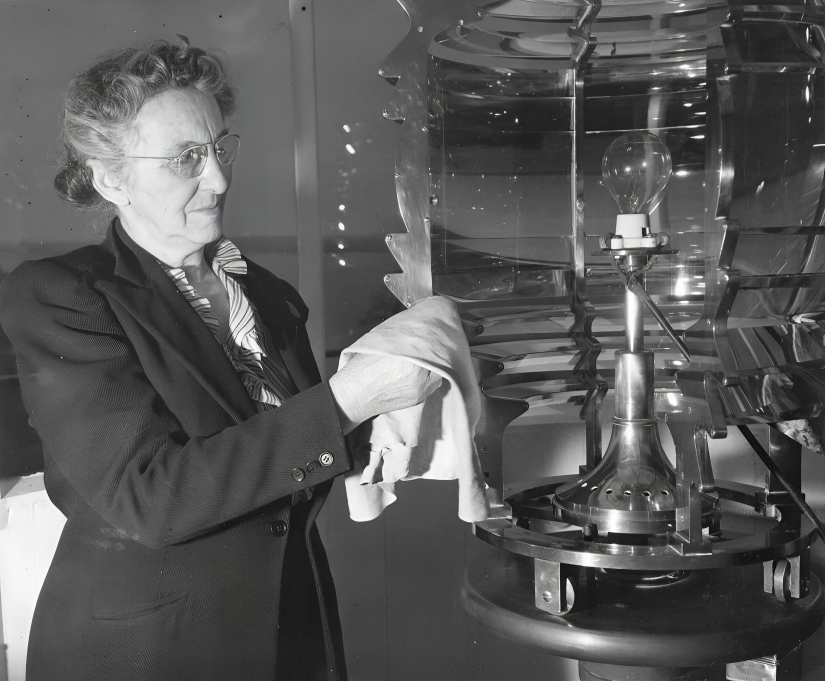
The job of lighthouse keeper could be a lonely job, given the locations of many lighthouses. A good number of lighthouses are in remote areas, on the coast or in generally inhospitable locations for other people. Some are even located offshore, installed on jutting reefs or other structures to help guide ships, and these hyper-remote lighthouses needed to be maintained by people as well.
The Introduction of Flying Santa
The solitude inflicted on lighthouse families is what led to a selfless program that came to be known as the Flying Santa. In the early 20th century, the job of lighthouse keeper was incredibly important, and as mentioned, lonely. Many lighthouses were located far from other towns and people, requiring supplies to be dropped monthly by ship or even airdrop.
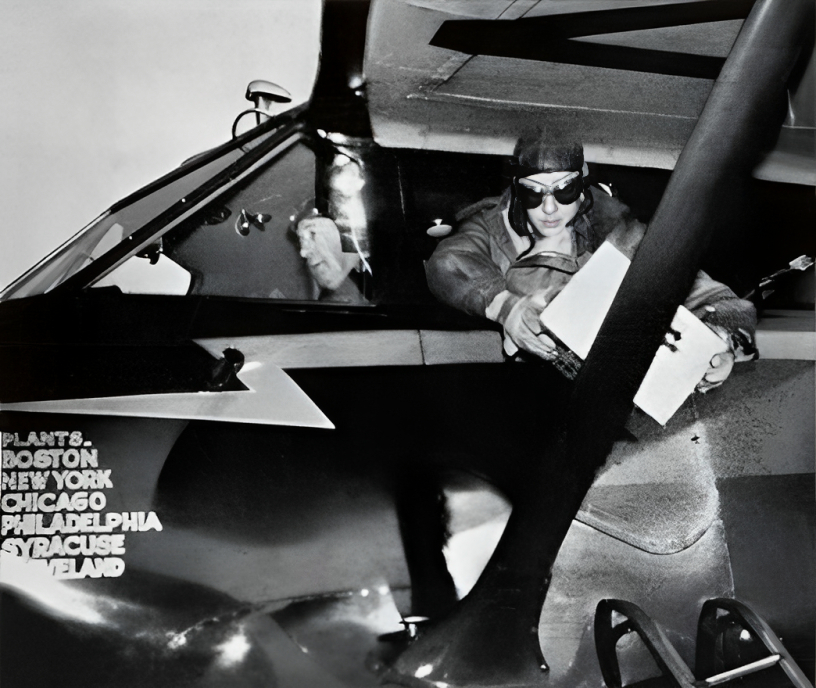
This could create lonely and sparse holidays for lighthouse keepers and their families. In the late 20’s, this knowledge is what led one floatplane pilot by the name of William Wincapaw to make a daring journey, going out of his way to do something kind for lighthouse keepers and their families that he had come to know.
Flying Santa to the Rescue
For William, not only were the lighthouse keepers doing him an invaluable service, in allowing him to fly his plane safely, but they were also kind people. On calmer days during his flights, he was able to stop and chat with the keepers and their families, getting to know these people who lived such seemingly remote and sometimes harsh lives.

Come Christmastime in 1929, he knew that he wanted to do something special for these families. William was known as an adventurous pilot, one who was willing to be a little more daring than some of his fellow air travelers, and he spent his day on December 25 delivering packages that contained newspapers, coffee, candy, and other small items.
A Tradition Was Born
These items were small luxuries, but he figured that they would make the holiday a little less lonely and unforgiving for these families that dedicated their lives to such an important endeavor. His thoughtfulness was more than well received: in the following days, he was sent messages from many of these families detailing how touched they were by his gift.
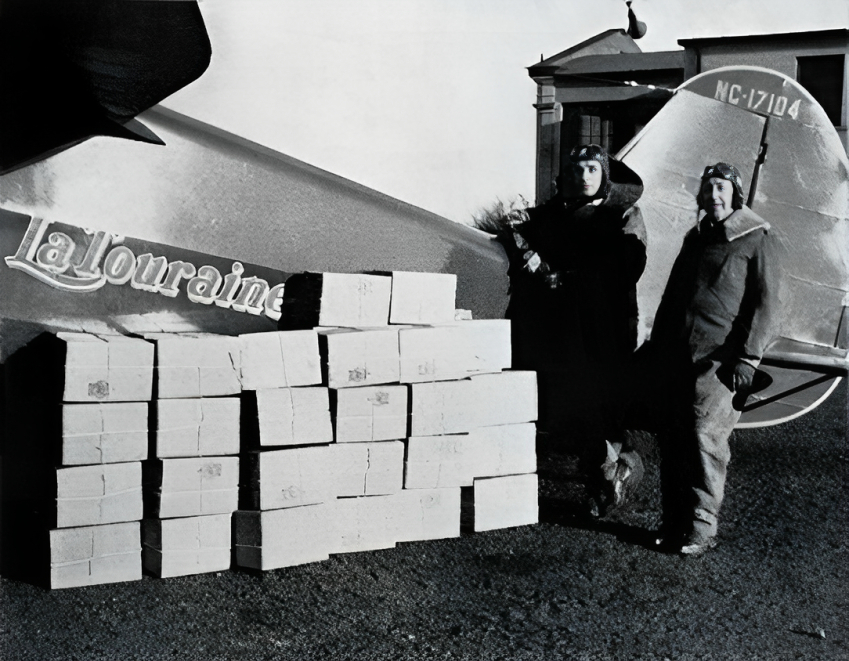
With that one act of kindness, as well as how much it meant to these remote families, William realized that the flight needed to be repeated, and expanded. He started making plans for his flight the following year, increasing the number of lighthouses that he wanted to visit up and down the east coast.
An Expansion of Goodwill
The program of gift giving expanded over the next several years until it was a full-family endeavor, which took William and his sons to 91 lighthouses up and down the coast by 1933. The cost of the program expanded, and as they were able to get sponsors, they were able to do more for the lightkeeper families.

William Wincapaw died tragically in 1948 on a flight, suffering from a massive heart attack. The Flying Santa program didn’t cease to exist, though. It continued on with his son, Bill Jr., and a man named Edward Snow, who was not a pilot. He was Bill Jr.’s teacher in high school, and never had trouble finding people who would fly him around on the giving missions every Christmas.
Flying Santa into the Twenty-First Century
Snow became the face of the Flying Santa program, and his exploits were well reported on. A story was even released in 1960 by the Associated Press about how his daughter, Dolly, got to skip school in order to help him make the Christmas deliveries as Flying Santa. Snow continued the charity work until just before his death in 1982.
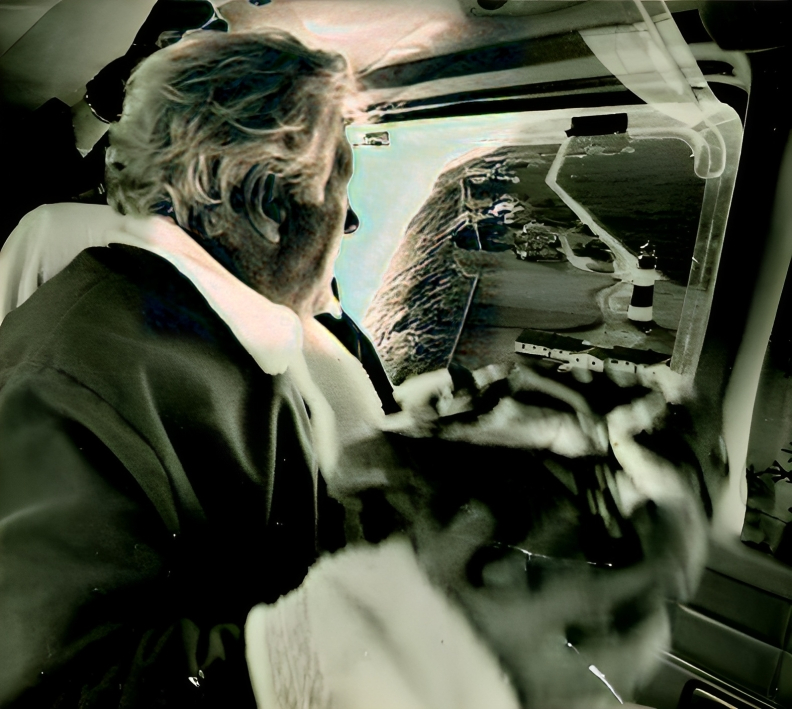
Today, the Friends of Flying Santa – an organization founded in 1997 – coordinates the trips up and down the east coast in December. It is a nonprofit organization that covers the costs of the trips through fundraisers, and the flights now go to Coast Guard stations, rather than lighthouses.
An Ongoing Marvel
The Flying Santa program is a stunning story of the goodwill of one man, and the sacrifice of many being recognized. Though lighthouses are largely a necessity of the past with modern radar and electronic communication, the legacy that was started with William Wincapaw and his lighthouse keepers is everlasting.
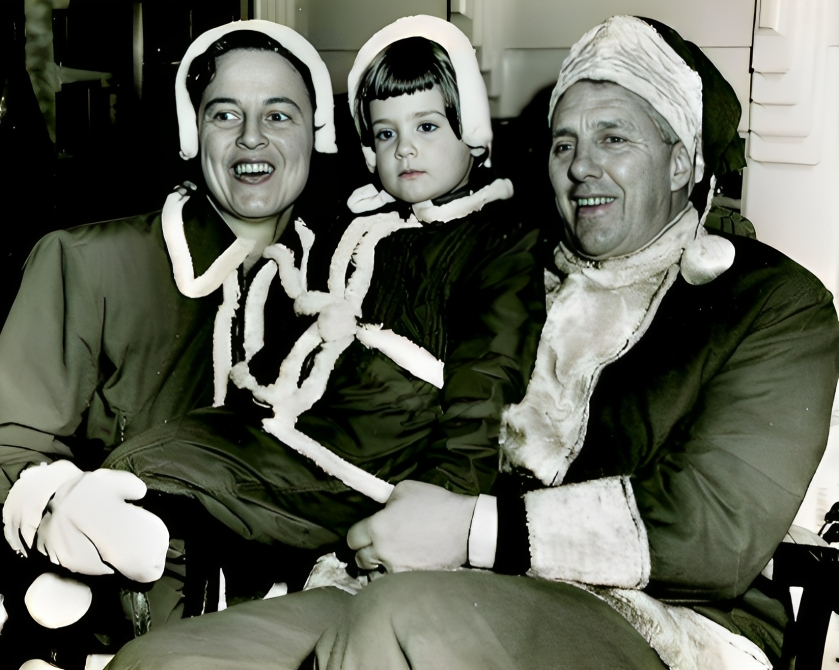
The Friends of Flying Santa does the good work of keeping the Flying Santa program alive, reminding us that for everything that all of us have, there are some who could use a little grace and charity during this time of year. It’s a story to warm your heart, and remember the meaning of the season, which is to give back, and be kind to your fellow man.

